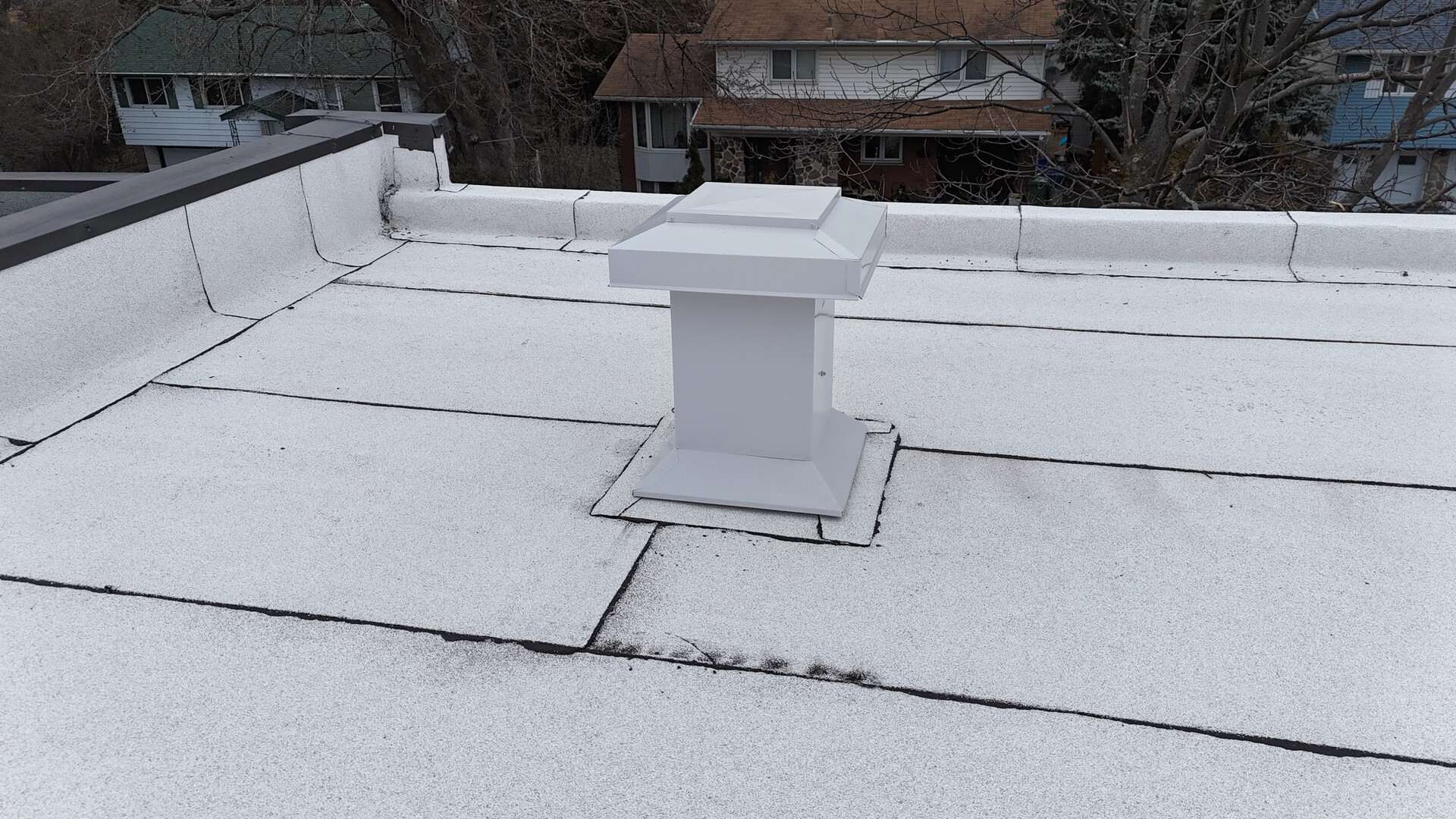What is an elastomeric membrane roof?
An elastomeric membrane roof is a two-layer roofing system composed of a base membrane made of modified bitumen (SBS) and a cap sheet membrane also made of modified bitumen (SBS), protected by ceramic granules.
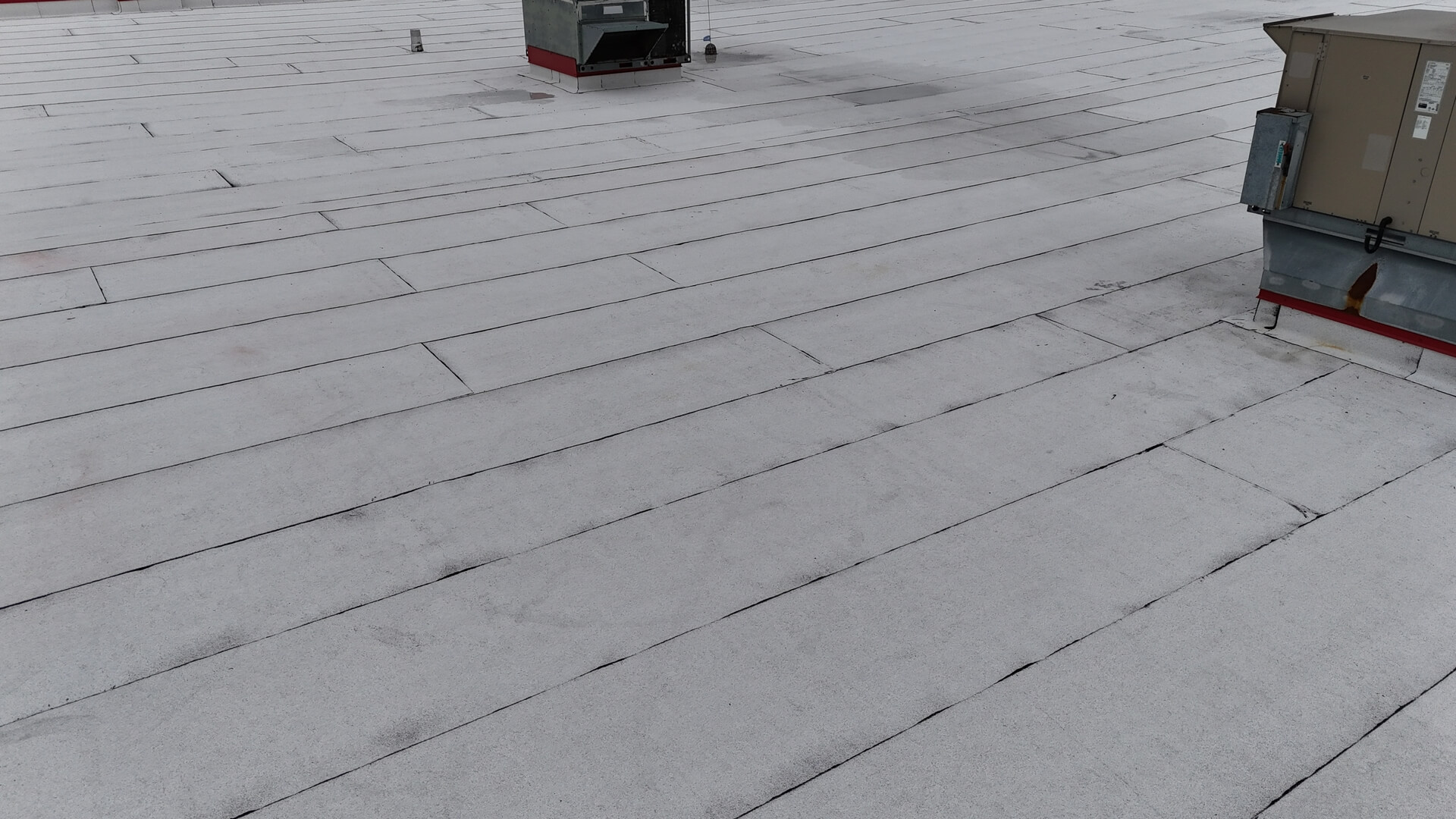
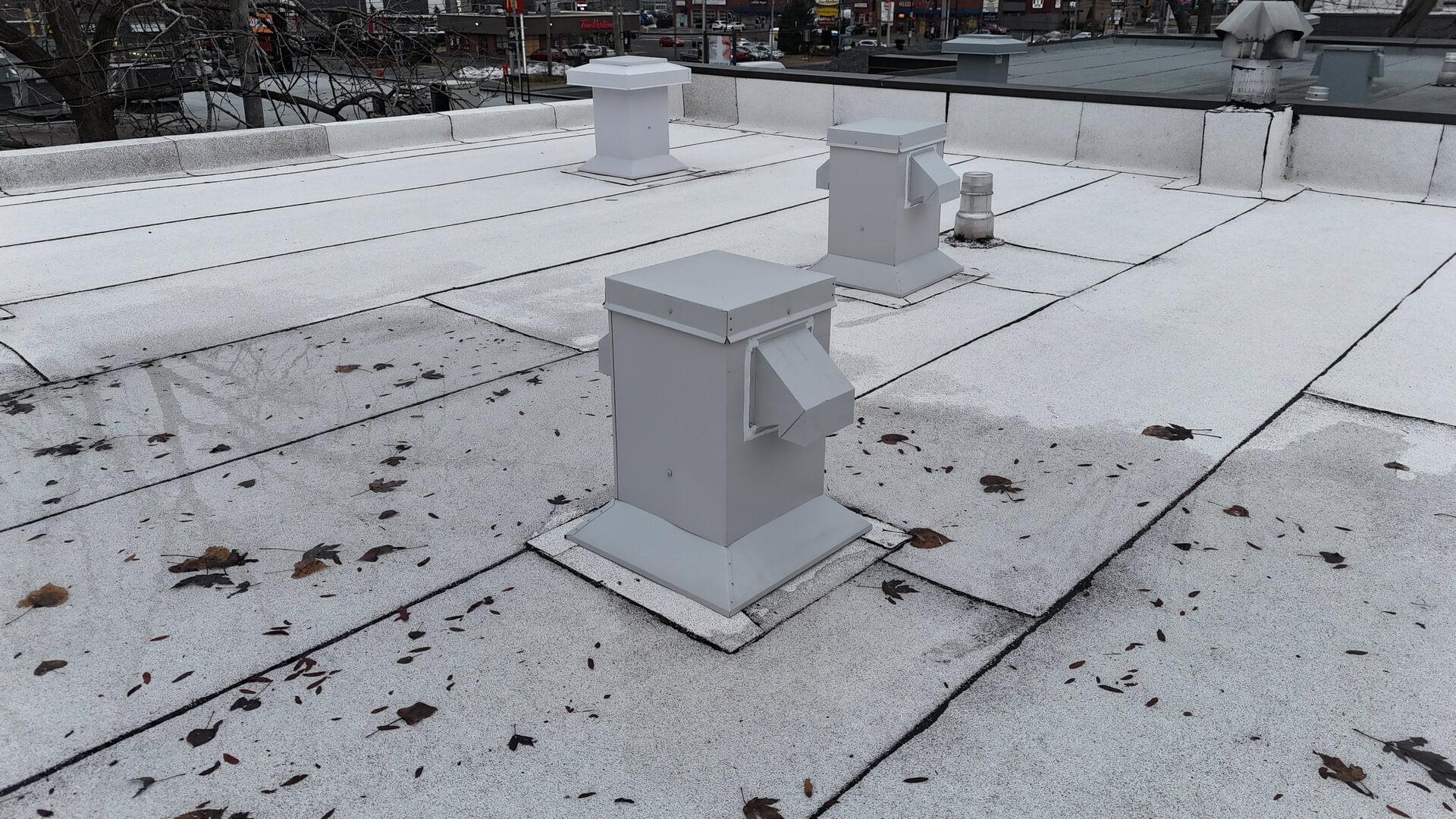
What is its lifespan?
The lifespan of an elastomeric membrane roof depends on various factors, including the type of membrane used, the quality of installation, local weather conditions, and regular maintenance. Generally, a well-maintained elastomeric membrane roof can have an average lifespan of about 20 to 30 years. However, it’s important to note that these figures can vary depending on the specific circumstances of each roof.
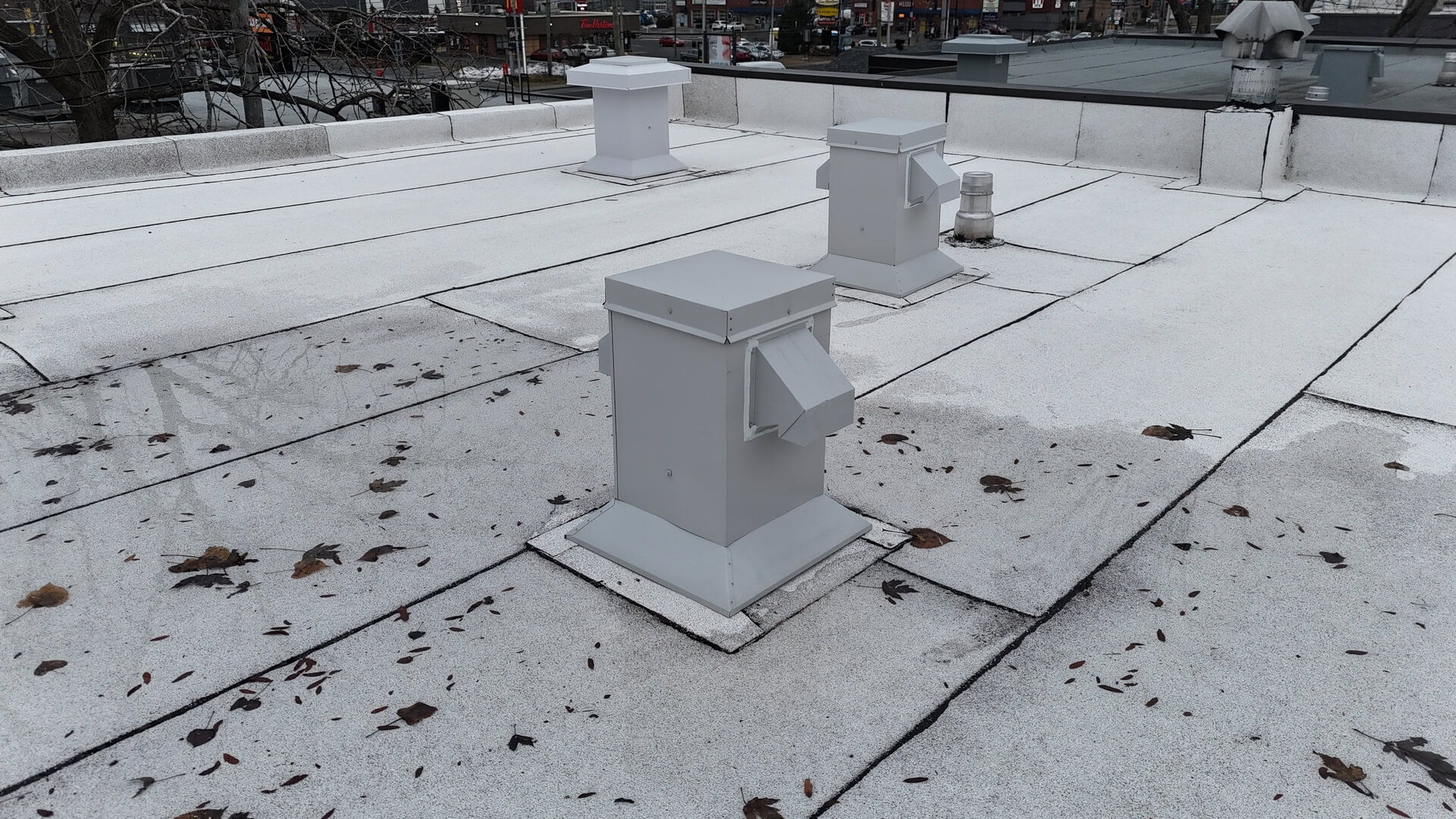
What is the cost of the roofing system?
The costs of the system depend on factors such as the size of the roof, the complexity of the installation, and the geographical region. Although the initial cost may be higher, the long-term durability of the elastomeric membrane roof makes it an attractive choice, providing effective protection against weather conditions and climate variations. Typically, this roofing system starts at $20/sq ft and can go up to $32/sq ft.

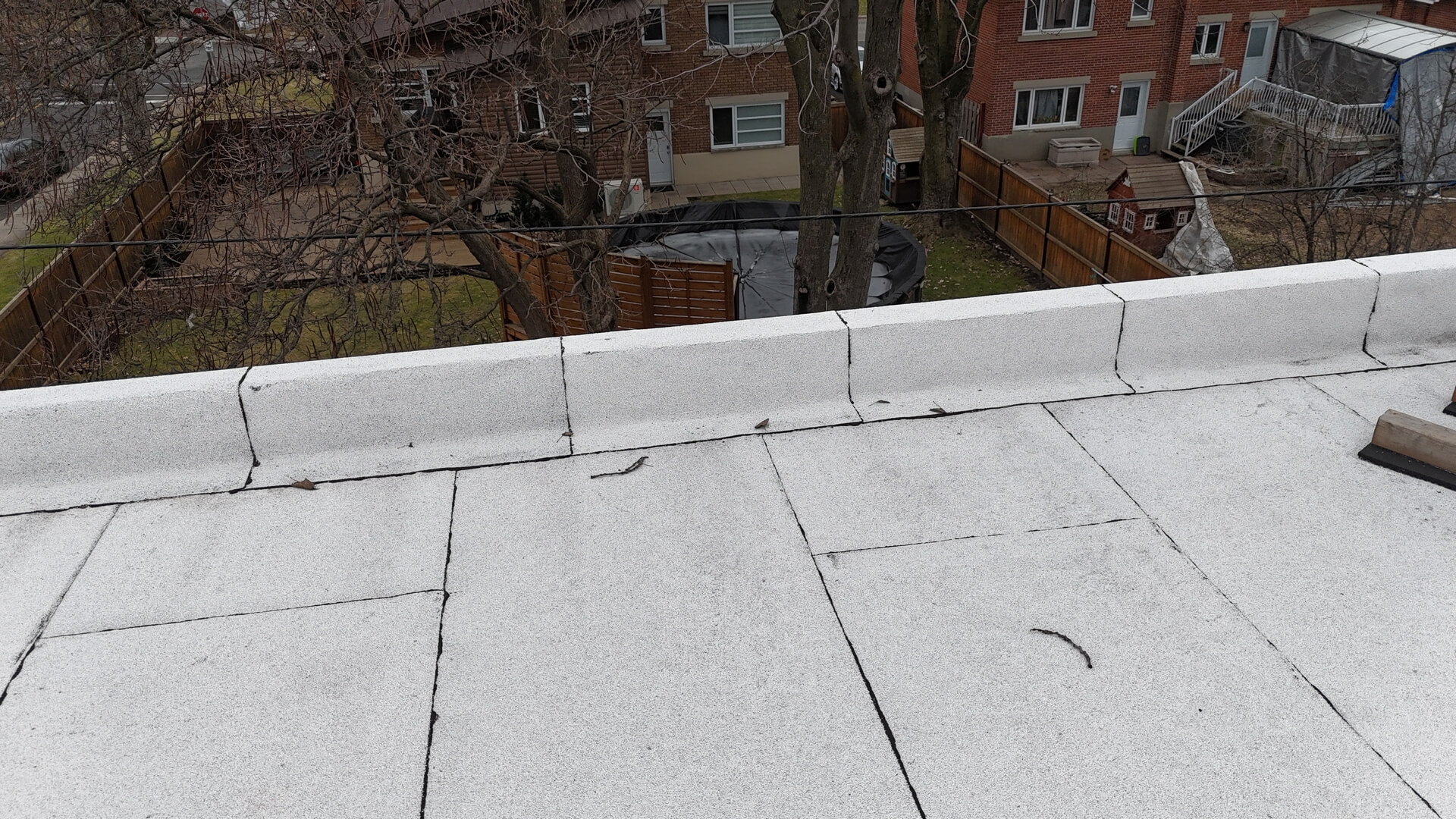
What types of flashing are used?
The types of flashing used for an elastomeric membrane roof can vary based on project specifications and roofing professional preferences. However, commonly used flashings generally include a counter-flashing as well as a membrane flashing consisting of an base membrane and a cap sheet membrane. At the roof perimeter, there is also a pre-painted steel drip edge positioned between the base and the cap layer to ensure enhanced waterproofing.
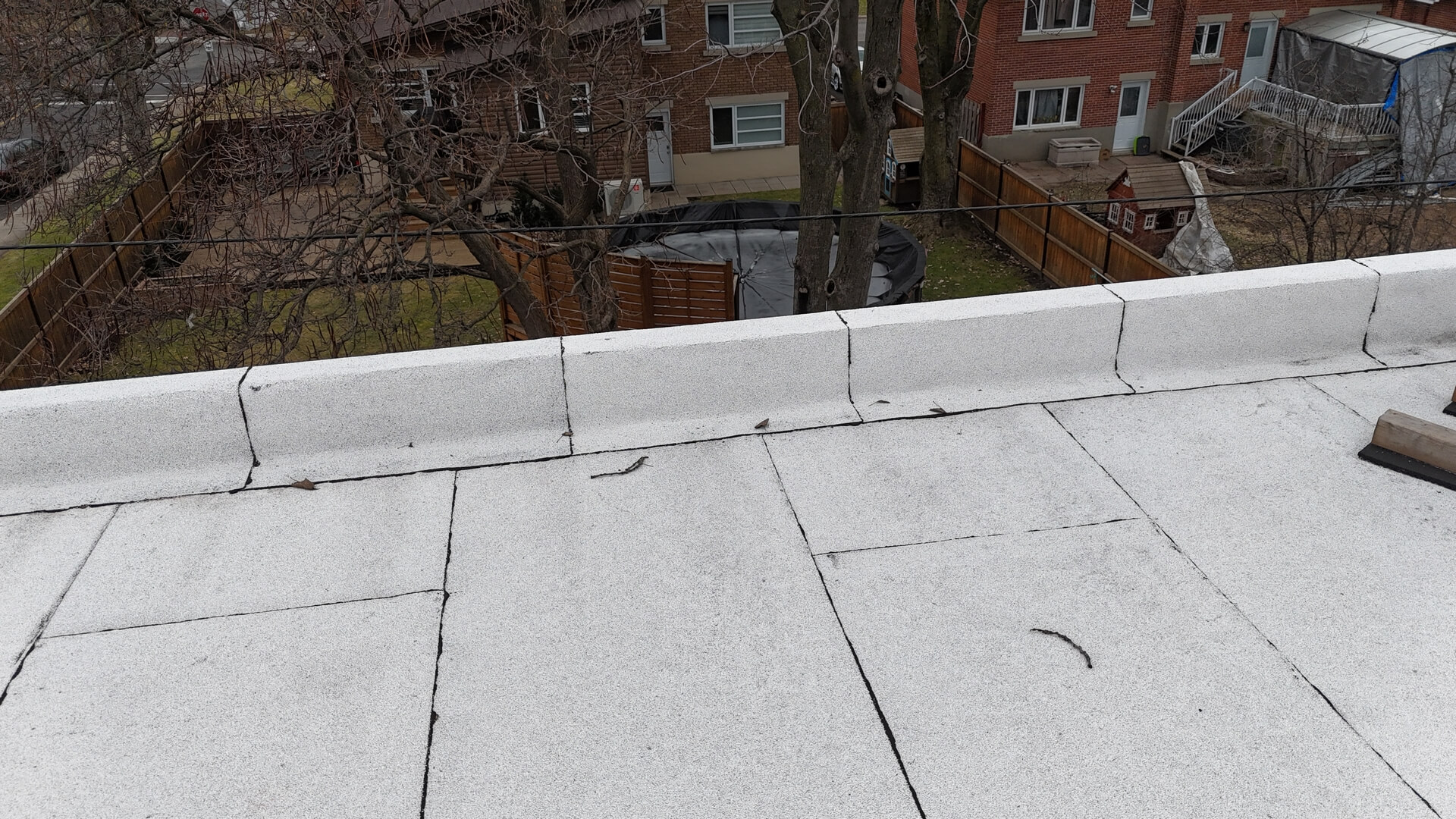
What maintenance is necessary?
Maintenance of an elastomeric membrane roof is crucial for its durability. Annual inspections, including checking joints, flashings, and fastenings, are essential to detect any damage or aging. Regular cleaning of gutters and drains promotes proper water flow, and pruning trees above the roof prevents potential damage. Immediate repairs for identified damages are imperative to avoid future issues. Periodic application of protective coatings can be applied to enhance resistance to the elements.
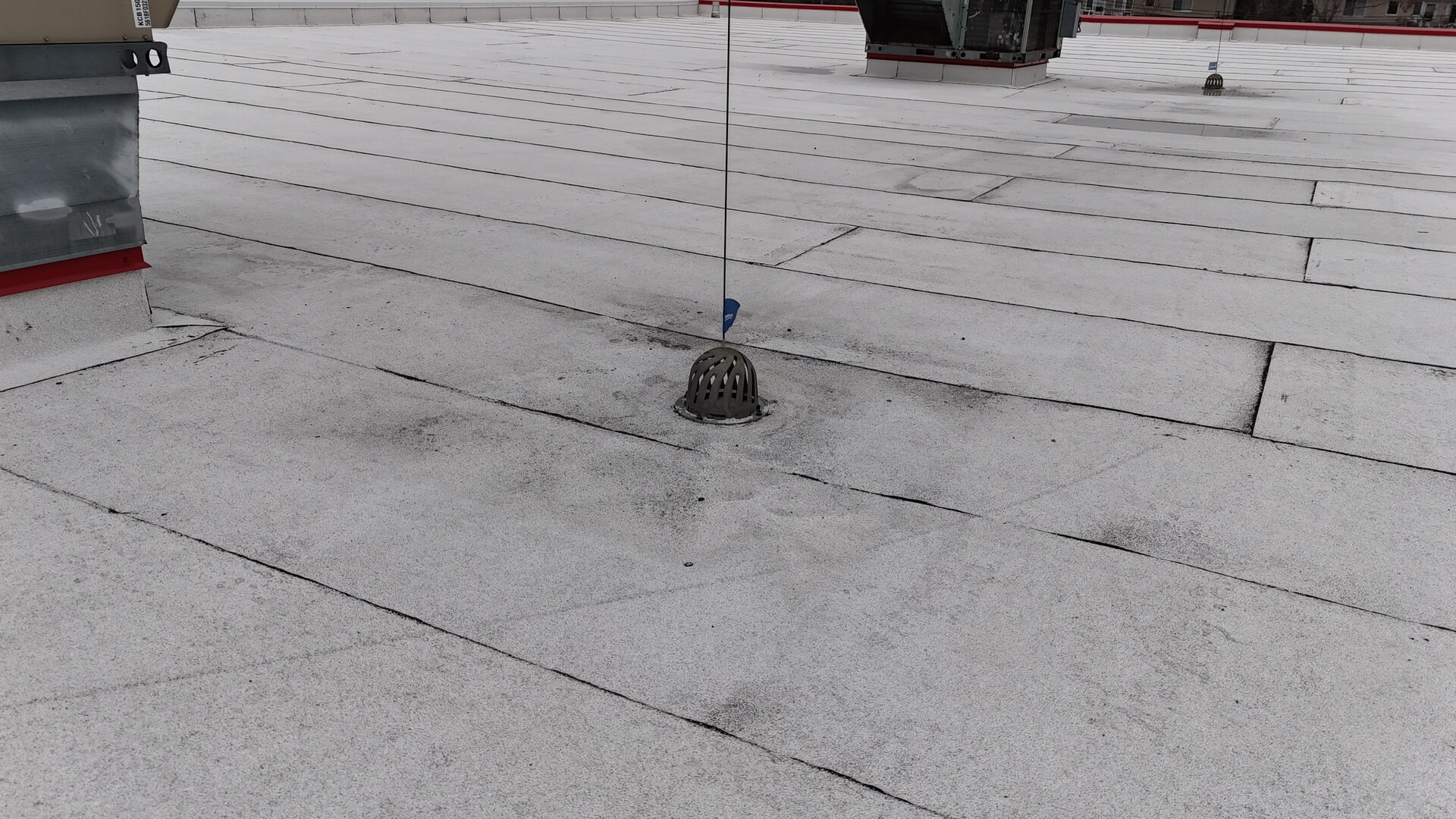
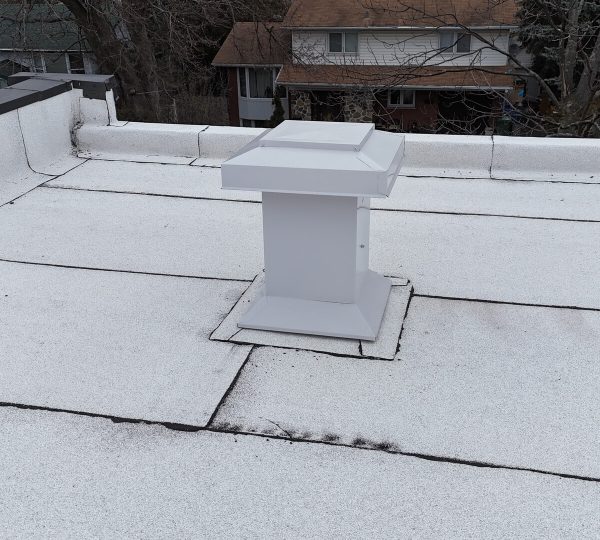
Is it necessary to adjust the ventilation for the new roof?
Indeed, ventilation is a crucial element of the roof that requires careful consideration. Historically, ventilation of attic spaces was often neglected due to a lack of knowledge in the construction industry. Currently, with significant advancements in building mechanics, experts have recognized that attic spaces were often under-ventilated, leading to premature aging of the roof covering. In accordance with current standards, it is recommended to install a ventilator for every 150 square feet, approximately two to four times more than previous practices. This improvement aims to optimize air circulation and extend the roof’s durability.
